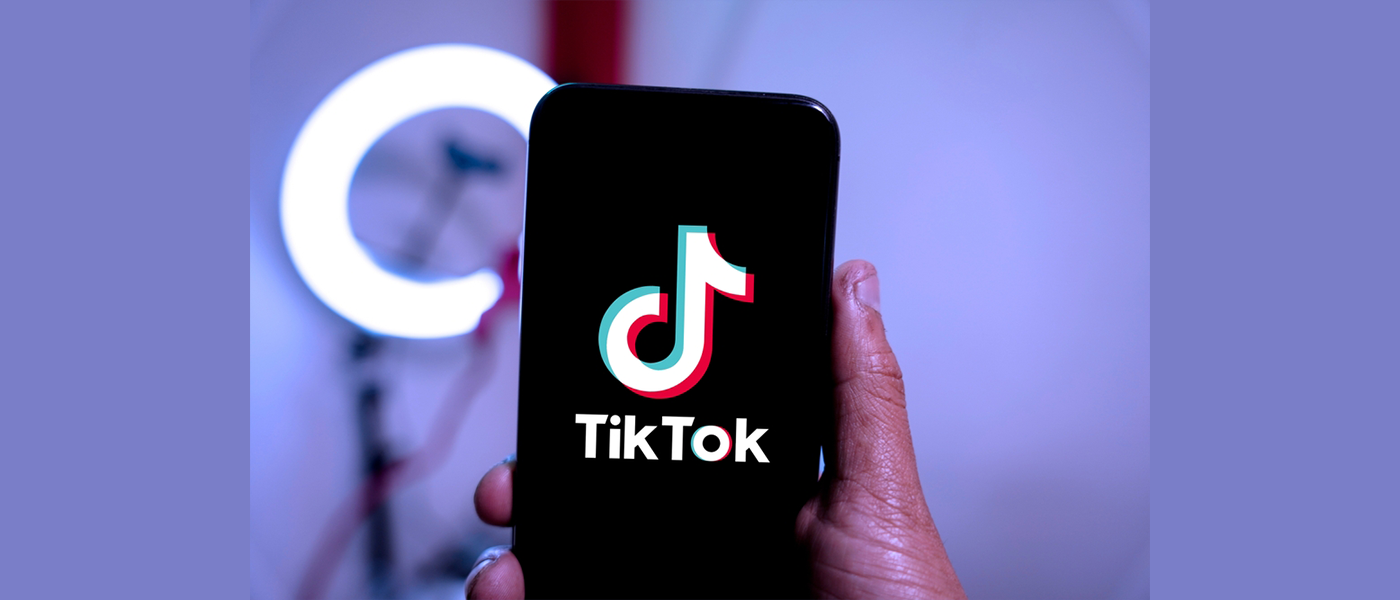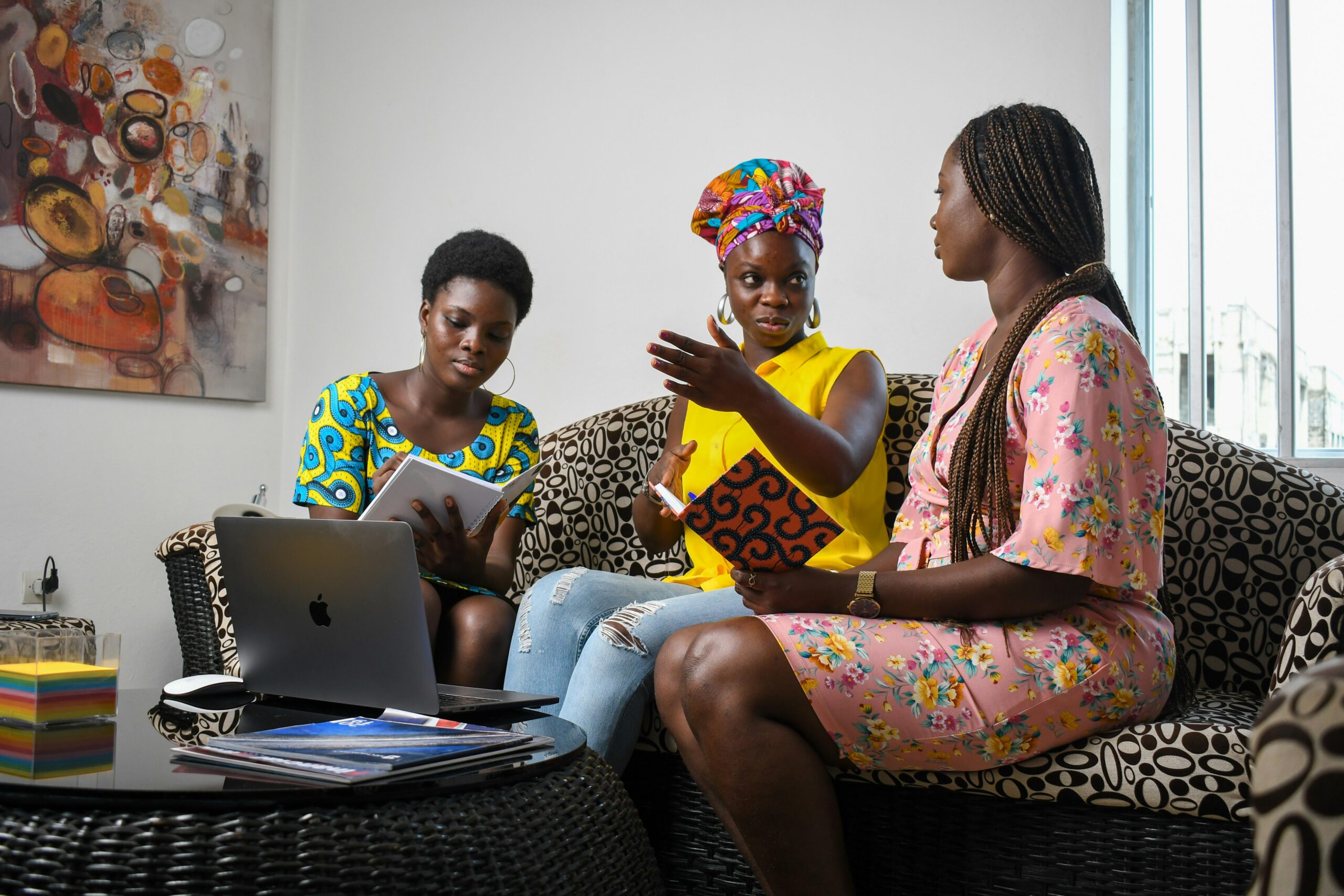In the world of social media, TikTok is the beast the beauty industry is currently trying to tame: with more than 1 billion users, TikTok is the fastest-growing social media platform in the digital sphere. Beauty News asked TikTok expert Hyram Yarbro, as well as executives from Florence by Mills, Rare Beauty, and TikTok, to share how brands can find success on the platform.
With the rising correlation between TikTok awareness, beauty product sales, and the fluctuating popularity of Instagram, beauty brands are trying to figure out the key to success on TikTok. According to one of the most successful beauty influencers, Hyram Yarbro, founder of Selfless by Hyram, the key to a beauty brand’s success on TikTok is authenticity.
“Using TikTok as a marketing platform and creating content that feels like advertisements rather than genuine user-supported content is a pitfall of what a lot of [beauty] brands do because Gen Z [consumers] are extremely critical. We’ve grown up in an era where product placement advertisement is integrated into every single element of our lives. Gen Z has gained a really good perspective on how to shift through that noise and when brands lean into that [traditional advertising strategy], it lacks authenticity and it sabotages the connection they could have with that [Gen Z] community,” said Hyram, who launched his brand in partnership with The Inkey List.
When asked about Rare Beauty’s approach to creating and posting social media content, Katie Welch, the brand’s Chief Marketing Officer, echoed Hyram’s sentiment.
“When our founder, Selena Gomez, had the idea for Rare Beauty, she wanted to create a welcoming space in beauty that breaks down standards of perfection. I think our content and community management aims to do just that—and it contributes to our community’s wonderful engagement… The key is to pay attention to current trends, think about how your brand can creatively (and authentically) approach the trend… and go for it!” Katie said.
One way beauty brands can further work to understand the TikTok community is by studying TikTok culture and differentiating content between various social media platforms.
“Not taking the time to understand TikTok trends, the language that people use on the platform, how Gen Z and other people communicate with each other, I think that brands just understanding the basic elements of the culture of TikTok is so beneficial. Brands can’t just treat TikTok as another Instagram. It [TikTok] really has to have its own unique strategy and people assigned to it to cultivate the audience there,” Hyram said.
When asked about TikTok’s rising popularity and the recent controversy around Instagram and its video strategy, Hyram theorized that the popularity of various social media/content platforms eventually swings from one to another and back again.
“Social media is a pendulum. It’s constantly going from one extreme to the other, and right now we’re seeing a big swing in the direction of short-form content. There are so many creators and brands and people competing for our attention online that we’re attracted to short-form content right now. But I think what I’m starting to see among users is a collective exhaustion with the amount of rapid short-form content that is constantly inundating their feeds. I think in the next few years, maybe in a year, we’ll see this return to long-form content,” Hyram said.
While TikTok reigns supreme, Hyram suggested that beauty brands try to differentiate content between platforms and learn to approach the Gen Z audience in an authentic way.
“Take the time to understand TikTok trends, the language that people use on the platform, and how Gen Z and other people communicate with each other. I think that brands just understanding the basic elements of the culture of TikTok is so beneficial. Brands can’t just treat TikTok as another Instagram. It really has to have its own unique strategy, and people assigned to it need to cultivate an audience there.”
One brand that has found success on TikTok is Florence by Mills. The company was recently listed as one of the most popular celebrity beauty brands on TikTok among companies such as Huda Beauty and Kylie Cosmetics, and is one of the most followed beauty brands across multiple social media platforms. Sam Fiock, Florence by Mills’ Vice President of Marketing, credited the brand’s social media success to knowing how to engage with its consumer base and differentiating content per digital platform.
“Our success stems from utilizing our social channels as community-building platforms. We use social media to interact with our fans and provide them with the content they are demanding from us. Additionally, our team is small so we are very nimble and can pivot quickly if we see something trending or have a piece of relevant content we think our followers would like…Our post strategy is platform-dependent. We have a lot of cross-over fans, so we differentiate our content based on the channel, as well as constantly look at analytics to determine what is and is not working on each platform,” Sam said.
For example, the content on the Florence by Mills Instagram page primarily centers on visually pleasing product squeezing and demonstrations. Whereas on TikTok, content largely centers around trending video styles such as morning skin care routines and Get Ready With Me (GRWM).
Regarding what topics and trends are going viral on TikTok, Grace Theodore, Business to Business Communications Coordinator at TikTok, confirmed Hyram’s belief that more organic, less-scripted content perform incredibly well on the platform. Grace referenced the virality of products from brands such as Peter Thomas Roth and Vaseline.
For example, Peter Thomas Roth’s Instant FirmX Eye Tightener went viral with more than 3.1 million views when Trinidad Sandoval (@trinidad1967) showcased the eye product during her daily routine in a TikTok video to a handful of her followers. Peter Thomas Roth estimated that the amount of Instant FirmX Eye Tightener sold in less than a week of the video being posted was what the brand would normally sell in six months. Another example involves Vaseline, when sales of the product exploded by 327 percent on social media during the first week of February 2022, compared with the same week in the previous year, thanks to the TikTok trend of slugging, the practice of applying a thick layer of Vaseline on the face before going to bed. The hashtag #slugging has garnered more than 438.4 million views on TikTok. A practice that beauty brands should get in the habit of, Grace explained, is jumping on specific trending topics, such as #slugging.
“Tapping into trends is one of the easiest ways for brands to place themselves in the community’s most current conversations. In fact, according to our Culture Driver study with Flamingo, we found that 61 percent of users like brands better when they create or participate in a trend on TikTok,” Grace said.
Grace noted several content creation trends and strategies that work well within the beauty section of TikTok, including videos featuring ASMR, behind-the-scenes glimpses of a beauty brand, beauty expert point-of-view videos, and product demonstrations/tutorials.
As the platform continues to grow, beauty brands must learn how to adapt the content to fit specific platforms and, more importantly, figure out how to relate to an audience that has become jaded by traditional marketing tactics, Grace added.




